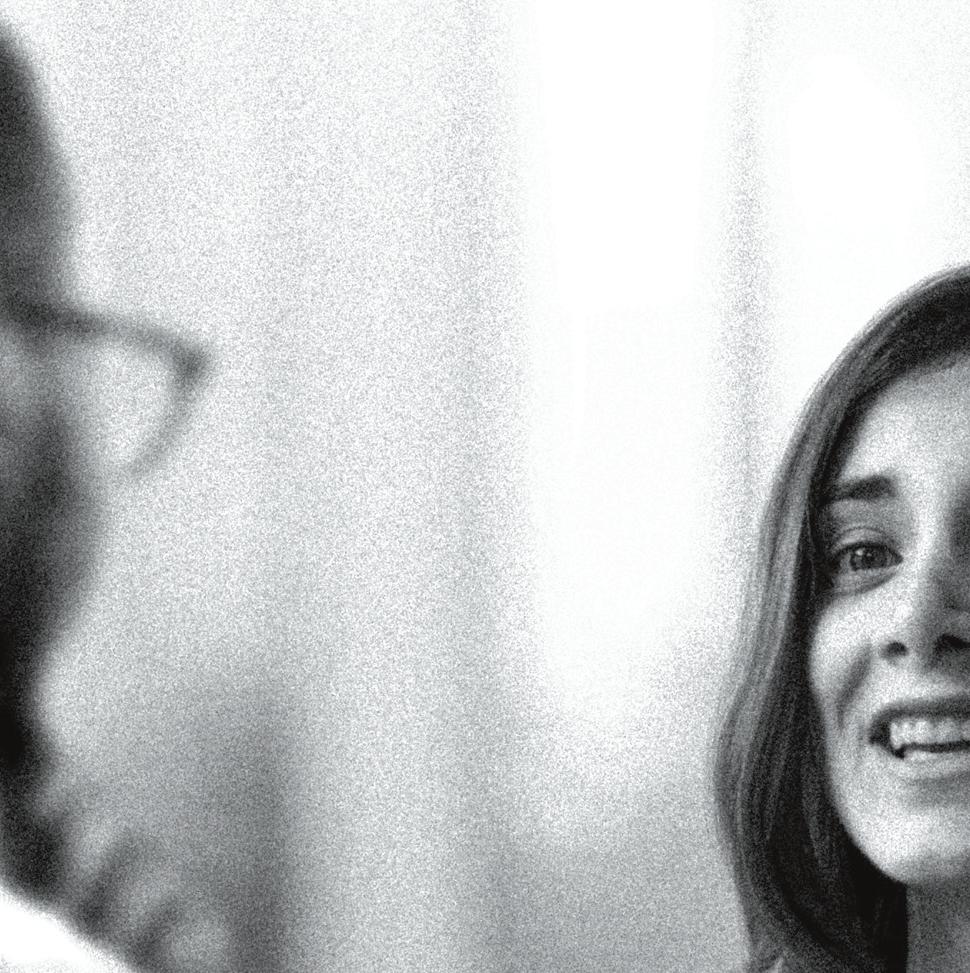
August 9, 2025
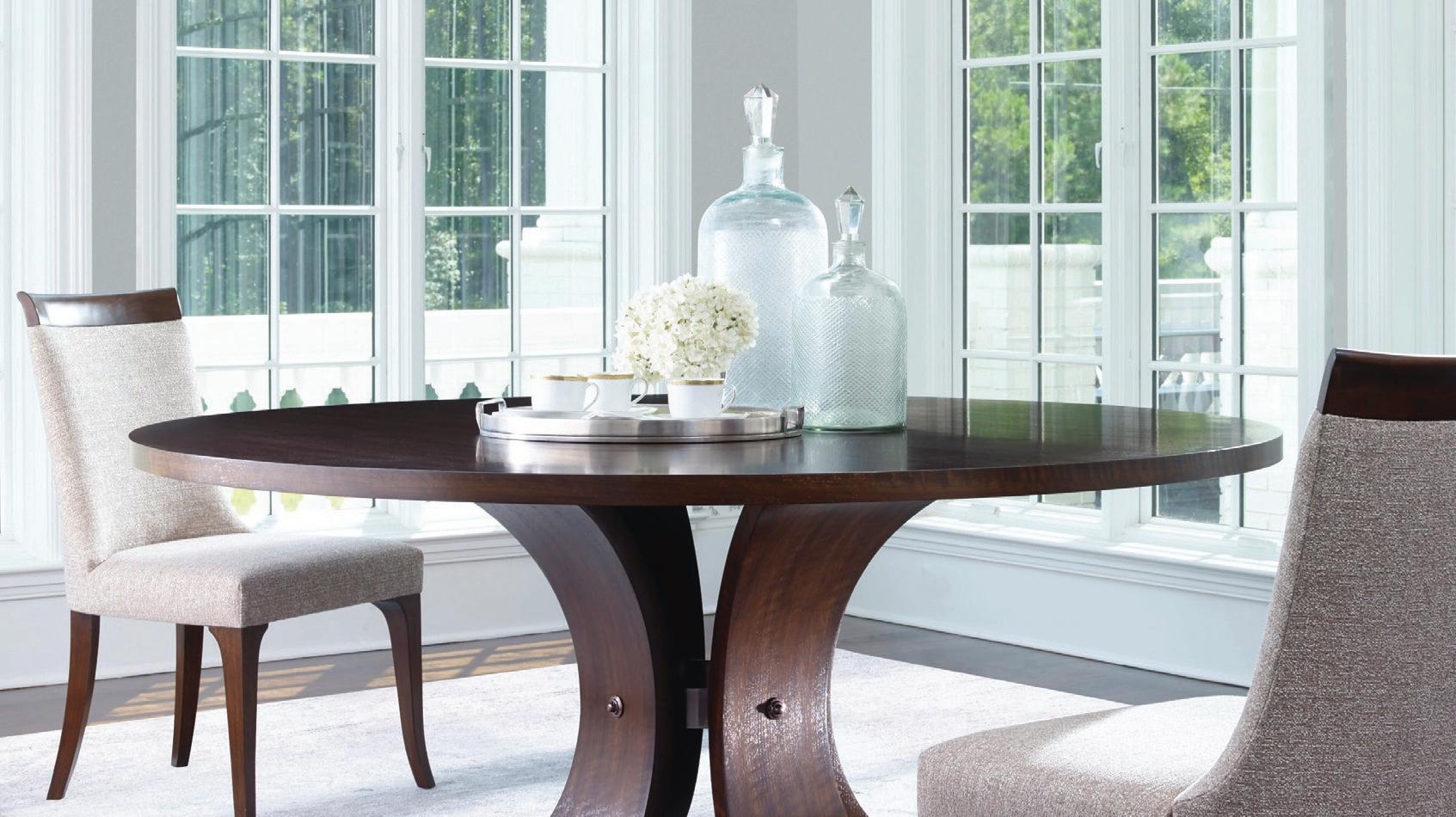
PRESENTED BY


August 9, 2025

PRESENTED BY
Saturday, August 9, 2025, at 7 PM
The Cleveland Orchestra Elim Chan, conductor
MAURICE Shéhérazade
RAVEL I. Asie (Asia) (1875–1937)
II. La flûte enchantée (The Enchanted Flute)
III. L’indifférent (The Indifferent One)
Christiane Karg, soprano
20 minutes
INTERMISSION
SEASON PARTNERS

FAMILY ENGAGEMENT PARTNER MOVIE NIGHT PRESENTING SPONSOR


20 minutes
GUSTAV Symphony No. 1 in D major, “Titan” 55 minutes MAHLER I. Langsam, schleppend: wie ein (1860–1911) Naturlaut (Slow, dragging: as if spoken by nature)
II. Kräftig bewegt, doch nicht zu schnell (With powerful movement, but not too fast)
III. Feierlich und gemessen, ohne zu schleppen (Solemn and measured, without dragging) — Sehr einfach und schlicht wie eine Volksweise (Very simple, like a folk tune) —
IV. Stürmisch bewegt (Agitated in storm) — Energisch (Energetic)














Total approximate running time: 1 hour 35 minutes
Tonight’s concert is dedicated to Amy and Stephen Hoffman in recognition of their generous support of music.

Continue your journey with Mahler and The Cleveland Orchestra on Adella.live, featuring performances of the composer’s Second and Fourth symphonies. Try it free by visiting stream.adella.live/subscribe and using the promo code ADELLA30 at checkout.



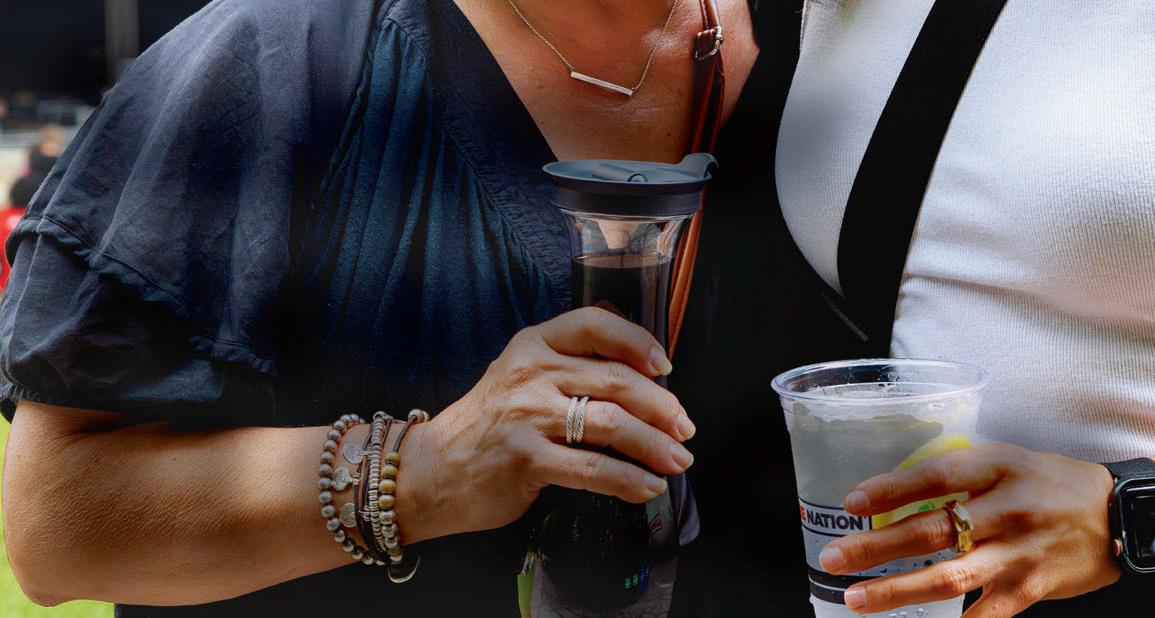
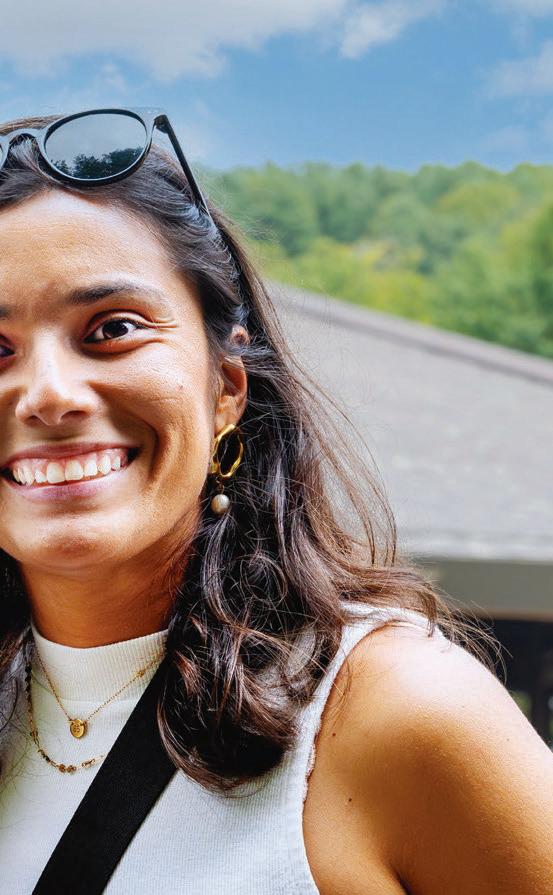

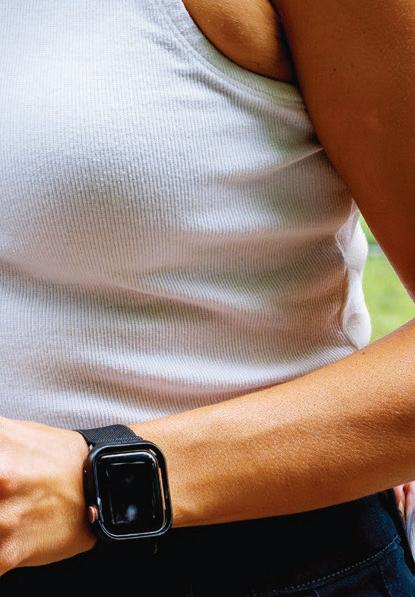





REFLECTING ON HIS CREATIVE PROCESS, Maurice Ravel famously concluded, “I did my work slowly, drop by drop. I tore it out of me by pieces.” This painstaking relationship between a master and his craft is echoed in Gustav Mahler ’s observation, “I am hitting my head against the walls, but the walls are giving way.” For these two composers, the life of the tortured artist was a daily reality rather than a tired trope. Having ears finely tuned to detail, Ravel and Mahler each spent years tinkering with their works.
As a young man, Ravel was smitten with the story of the One Thousand and One Nights — which Russian composer Rimsky-Korsakov captured in music in 1888 — and set out to make it the subject of an opera. Unfortunately, the opera never came to fruition, and the 1898 concert overture that survives suffered an unenthusiastic reception. Undeterred, Ravel returned to the theme in 1903 to set three poems by his friend Tristan Klingsor from a collection entitled Shéhérazade (brought to life tonight by soprano Christiane Karg and conductor Elim Chan). Much more successful than his unpublished overture, the song cycle remains part of the standard repertoire.
In a much more extreme case of reinvention, Mahler revised his First Symphony two additional times after spending four years on the work. Like Ravel’s Shéhérazade, the symphony originally told a story, with descriptive movement titles and printed text referencing novels and fairy tales. But in his final revision, Mahler removed all poetic descriptions, opting instead for a concentrated version of his music that speaks for itself.
With final versions published within three years of each other, the two pieces on tonight’s program nevertheless sound worlds apart. While Mahler and Ravel were contemporaries, their music epitomized different facets of late Romanticism. Ravel was associated with the ethereal soundscapes of musical Impressionists like Debussy, while Mahler embraced the grandiose tradition of his German forebearers — Beethoven, Brahms, and Wagner among them. And yet, despite this, the timbral precision and compositional persistence of their creators is undeniable.
— Ellen Sauer Tanyeri
Ellen Sauer Tanyeri is The Cleveland Orchestra’s archives & editorial assistant and is working towards a PhD in musicology at Case Western Reserve University.
by Maurice Ravel
BORN: March 7, 1875, in Ciboure, Basses-Pyrénées
DIED: December 28, 1937, in Paris
COMPOSED: 1903
WORLD PREMIERE: May 17, 1904, with soprano Jeanne Hatto and the orchestra of the Société Nationale under the direction of Alfred Cortot
CLEVELAND ORCHESTRA PREMIERE: January 26, 1928, featuring soloist Lisa Roma and the composer conducting
ORCHESTRATION: 2 flutes, piccolo, 2 oboes, English horn, 2 clarinets, 2 bassoons, 4 horns, 2 trumpets, 3 trombones, tuba, timpani, percussion (triangle, tambourine, snare drum, cymbals, bass drum, tam-tam, glockenspiel), 2 harps, celesta, and strings, plus solo soprano
DURATION: about 20 minutes
See page 8 for the sung texts.
THE TWO WORKS THAT MARKED Maurice Ravel ’s coming of age as a composer are the String Quartet, completed in April 1903, and Shéhérazade, which followed a few months later that year. Each perfectly illustrates a side of his art that blossomed magnificently in the coming years, and both are clearly indebted to Debussy, yet moving several steps further forward. The quartet springs from Debussy’s String Quartet and displays Ravel’s meticulous command of balance and technique; Shéhérazade takes its vocal style from Debussy’s opera Pelléas et Mélisande, first performed in 1902, and bathes it in a lush, sensuous orchestration.
Orchestral songs in the 19th century had usually been based on songs originally written for the intimacy of the salon. Shéhérazade was first published with piano accompaniment and can certainly be performed in that way, but it was conceived as an orchestral work for the concert hall, exploring a complex new harmonic language and an advanced orchestral palette. Both of these were to some extent indebted to Rimsky-Korsakov, who composed a Scheherazade of his own in 1888, but Ravel’s music is already sharply distinct from that of both Rimsky-Korsakov and Debussy.
Ravel selected three poems from a collection by his friend Léon Leclère, a composer, painter, poet, and member of the avant-garde group Les Apaches, of which Ravel was also a member. Under the transparently Wagnerian pseudonym Tristan Klingsor, Leclère published a hundred poems in his collection Shéhérazade. Their mysterious and
“exotic” colors — much in vogue in turn-of-thecentury Paris — appealed greatly to Ravel, who responded with music that reflects whatever hints of the Far East that the words give out. (While some of Klingsor’s poetic language and characterizations of “Asian” culture are rather reductionist by contemporary standards, this does little to detract from Ravel’s remarkable setting of the texts.)
In “Asie” (Asia), the poet imagines not only the pleasure of visiting distant fabled lands but also recounting his adventures afterwards. Eastern images are suggested throughout, and China is specifically evoked in the music. A climax is reached at the thought of dying out of love or out of hatred, and the song, like the other two, ends softly, the excitement of adventure now only a memory.

“La flûte enchantée” (The Enchanted Flute) owes its title, but nothing else, to Mozart, and puts the orchestral flute in the limelight. It is a love song, sung perhaps by an enslaved girl in a harem, in response to her lover playing the flute outside her window.
The last song, “L’indifférent” (The Indifferent One), is slower and quieter than the others, but no less penetrating. Is the boy indifferent to the watcher, or is it the other way ’round? And the ambiguous sex of the watcher? Some observers have interpreted this song as a clue to Ravel’s own sexuality, a subject which left his even his friends guessing to the end of his days.
— Hugh Macdonald
Hugh Macdonald is Avis H. Blewett Professor Emeritus of Music at Washington University in St. Louis. He has written books on Beethoven, Berlioz, Bizet, and Scriabin, as well as Music in 1853: The Biography of a Year.
by Maurice Ravel
Text
by
Tristan Klingsor (Léon Leclère)
English translation by
Hugh Macdonald
Asie, Asie, Asie,
Vieux pays merveilleux des contes de nourrice
Où dort la fantaisie comme une impératrice
En sa forêt tout emplie de mystère.
Je voudrais m’en aller avec la goëlette
Qui se berce ce soir dans le port
Mystérieuse et solitaire,
Et qui déploie enfin ses voiles violettes
Comme un immense oiseau de nuit dans le ciel d’or.
Je voudrais m’en aller vers les îles de fleurs,
En écoutant chanter la mer perverse
Sur un vieux rythme ensorceleur.
Je voudrais voir Damas et les villes de Perse
Avec les minarets légers dans l’air.
Je voudrais voir de beaux turbans de soie
Sur des visages noirs aux dents claires.
Je voudrais voir des yeux sombres d’amour
Et des prunelles brillantes de joie
En des peaux jaunes comme des oranges;
Je voudrais voir des vêtements de velours
Et des habits à longues franges.
Je voudrais voir des calumets entre des bouches
Tout entourées de barbe blanche;
Je voudrais voir d’âpres marchands aux regards louches,
Et des cadis, et des vizirs
Qui du seul mouvement de leur doigt qui se penche
Accordent vie ou mort au gré de leur désir.
Je voudrais voir la Perse, et l’Inde et puis la Chine,
Les mandarins ventrus sous les ombrelles,
Et les princesses aux mains fines,
Et les lettrés qui se querellent
Sur la poésie et sur la beauté;
Je voudrais m’attarder au palais enchanté
Et comme un voyageur étranger
Contempler à loisir des paysages peints
Sur des étoffes en des cadres de sapin
Avec un personnage au milieu d’un verger.
Asia, Asia, Asia,
Wonderful old land from stories told in the cradle,
Where dreams sleep like an empress
In her deeply mysterious forest.
I long to take the schooner
Lying now in the harbor, Mysterious and solitary,
Spreading its purple sails
Like an immense nocturnal bird in a golden sky.
I long to sail to islands of flowers
While listening to the sea’s wicked song
With its ancient bewitching rhythm.
I long to see Damascus and the cities of Persia
With its delicate minarets in the air.
I long to see those lovely silken turbans
Over black faces with bright teeth.
I long to see those sultry amorous looks
And eyes that flash with joy
And skin as yellow as oranges; I long to see velvet garments
And coats with long fringes.
I long to see pipes grasped by teeth With a white beard all around; I long to see grasping traders with shifty eyes, And cadis and viziers
Who grant the favor of life or death
At will, with the mere lift of a finger.
I long to see Persia, and India, then China, With big-bellied mandarins under sunshades, And princesses with delicate hands, And scholars arguing About poetry and beauty;
I long to linger in an enchanted palace
And as a stranger from afar
Enjoy at leisure those landscapes painted
On fabrics in pinewood frames, With a figure standing in an orchard.
Je voudrais voir des assassins souriants
Du bourreau qui coupe un cou d’innocent
Avec son grand sabre courbé d’Orient.
Je voudrais voir des pauvres et des reines;
Je voudrais voir des roses et du sang;
Je voudrais voir mourir d’amour ou bien de haine.
Et puis m’en revenir plus tard
Narrer mon aventure aux curieux de rêves
En élevant comme Sindbad ma vieille tasse arabe
De temps en temps jusqu’à mes lèvres
Pour interrompre le conte avec art …
L’ombre est douce et mon maître dort,
Coiffé d’un bonnet conique de soie
Et son long nez jaune en sa barbe blanche.
Mais moi, je suis éveillée encor
Et j’écoute au dehors
Une chanson de flûte où s’épanche
Tour à tour la tristesse ou la joie.
Un air tour à tour langoureux ou frivole
Que mon amoureux chéri joue,
Et quand je m’approche de la croisée,
Il me semble que chaque note s’envole
De la flûte vers ma joue
Comme un mystérieux baiser.
III. L’indifférent (The Indifferent One)
Tes yeux sont doux comme ceux d’une fille,
Jeune étranger,
Et la courbe fine
De ton beau visage de duvet ombragé
Est plus séduisante encor de ligne.
Ta lèvre chante sur le pas de ma porte
Une langue inconnue et charmante
Comme une musique fausse …
Entre!
Et que mon vin te réconforte …
Mais non, tu passes
Et de mon seuil je te vois t’éloigner
Me faisant un dernier geste avec grâce
Et la hanche légèrement ployée
Par ta démarche féminine et lasse …
I long to see assassins smirking
At the executioner who severs an innocent head
With his big, curved, oriental saber. I long to see poor people and queens; I long to see roses and blood; I long to see death from love, or from hatred.
And then later return
To tell my tale to those who enjoy dreams, Every now and then raising my old Arabian cup,
Like Sindbad, to my lips,
Skillfully pausing in my story …
The shadows are soft and my master is asleep, With a conical silk bonnet on his head
And his long yellow nose buried in his white beard.
But I am still awake
And I listen to the song
Of a flute outside, pouring out
Now misery, now joy.
A melody by turns languorous and skittish
Played by my devoted lover,
And when I go near the window, It seems as though every note flies
From the flute to my cheek
Like a mysterious kiss.
Your eyes are as sweet as a girl’s, Young stranger, And the delicate curve
Of your handsome face with its downy shadow
Is even more attractive.
Your lips sing at my doorstep
An enticing unknown language
Like music out of tune …
Come in!
I have wine to refresh you …
But no, you go off,
And I see you pass my door
With a last graceful gesture
And your hips slightly tilted
By your languid feminine gait …
by Gustav Mahler
BORN: July 7, 1860, in Kalischt, Bohemia (present-day Czech Republic)
DIED: May 18, 1911, in Vienna
COMPOSED: 1884–89
WORLD PREMIERE: The initial version premiered in Budapest on November 20, 1889. The final version was first performed in Berlin on March 16, 1896. Both were conducted by the composer.
CLEVELAND ORCHESTRA PREMIERE: January 2, 1942, led by Music Director Artur Rodziński
ORCHESTRATION: 4 flutes (3rd and 4th doubling piccolo), 4 oboes (3rd doubling English horn), 4 clarinets (3rd doubling bass clarinet and E-flat clarinet, 4th doubling E-flat clarinet), 3 bassoons (3rd doubling contrabassoon), 7 horns, 4 trumpets, 3 trombones, tuba, 2 sets of timpani, harp, percussion (triangle, cymbals, bass drum, tam-tam), and strings
DURATION: about 55 minutes
GUSTAV MAHLER’S OUTWARD SUCCESS as a conductor did not often translate into understanding for his work as a composer. His First Symphony was poorly received at its early performances. Audiences were bewildered by what they heard as total musical chaos and an unacceptable mixture of conflicting emotions and ideas. This might surprise us today, given the great popularity of Mahler’s music in our time, but over 100 years ago, Mahler’s departure from Classical forms was too great — or too unexpected — for his contemporaries to grasp hold of immediately.
The first performance of this work was given under the title “Symphonic Poem in Two Parts” (with five movements grouped together into two halves). This title alluded to a literary or dramatic inspiration, but Mahler did not reveal the source. When the symphony was performed again in 1893, Mahler gave it a new title, “Titan,” after a novel by the German Romantic writer Jean Paul (1763–1825). After 1896, however, he removed the title, eliminated one movement, and arranged the others as we know them today. (Though the “Titan” moniker is still occasionally retained, as in tonight’s performance.)
The symphony’s first movement utilizes the basic melody of one of Mahler’s early melodies from his Songs of a Wayfarer. This song, “Ging heut’ morgen über’s Feld” (I Walked This Morning Through the Field), depicts a happy summer morning with flowers blooming and birds singing. We understand that the entire movement can be seen to describe the gradual awakening of spring. We hear the musical interval of a perfect fourth
(Mahler called it “a sound of nature” in the score) — and everything grows out of this one interval, like a tree from a small seed. Even the call of the cuckoo bird, evoked by the clarinet, is a perfect fourth.
The second movement is based on the Austrian country dance called the Ländler and is one of many Mahlerian movements inspired by this type of dance. A simple, rather unassuming tune, it is played with great rhythmic energy and is soon taken up by the full orchestra, with a large brass section comprising seven horns and four trumpets, and with the tempo marking Wild.
The immediate inspiration for the third movement came from a popular woodcut by Moritz von Schwind called The Hunter’s Funeral Procession, in which a hunter is buried by the animals of the forest. Early audiences had much trouble with this movement’s somewhat odd structure and form, but they certainly recognized Mahler’s use of the popular “Frère Jacques” melody. The alienation of this familiar tune, played here in the minor mode, yields an eerie mixture of humor, tragedy, mystery, and irony.
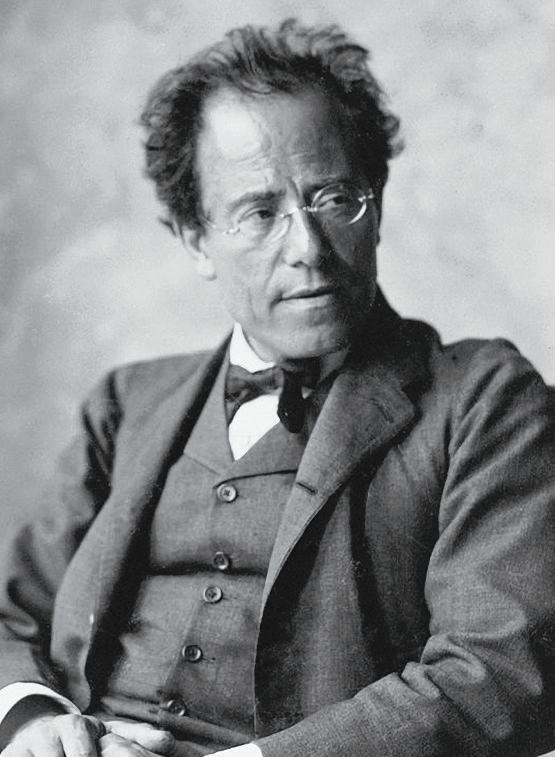
This grotesque funeral march evolves into an openly parodistic section whose unabashedly schmaltzy themes, played by oboes and trumpets, are reminiscent of klezmer folk music. The melodies of two more Wayfarer songs (“By the Road Stands a Linden Tree” and “My Sweetheart’s Two Blue Eyes”) are juxtaposed against this material, creating a contrast that is at times painfully nostalgic. A more subdued recapitulation of the “Frère Jacques” tune and the klezmer material ends this unusual movement.
The finale, which follows the funeral march without a pause, is the longest and most complex movement in the symphony. Like the last movements of many earlier symphonies, it represents a progression from tragedy to triumph, but here the contrasts among the various emotions are exceptionally polarized. The fabric of this movement includes a lyrical second theme that — as in several of Mahler’s later symphonies — seems to introduce us to a completely different world. There are also exuberant climaxes followed by relapses into despair, plus numerous recurrences of materials from the first movement. Finally, the work ends in a radiant D-major coda proclaiming a final victory.
— adapted from a note by Peter Laki
Peter Laki is a musicologist and frequent lecturer on classical music. He is a visiting associate professor of music at Bard College.

conductor

One of the most sought-after artists of her generation, conductor Elim Chan embodies the spirit of contemporary orchestral leadership with her crystalline precision and expressive zeal. She served as principal conductor of the Antwerp Symphony Orchestra from 2019 to 2024 and principal guest conductor of the Royal Scottish National Orchestra from 2018 to 2023.
Having conducted the First Night of the Proms with the BBC Symphony Orchestra in 2024, Chan returns to the series in 2025 to conduct the renowned Last Night of the Proms. The 2025 summer season also sees her reunite with the Boston Symphony Orchestra, Los Angeles Philharmonic, and The Cleveland Orchestra, as well as touring with the Concertgebouworkest Young and making her debut at Musikfest Berlin with the Staatskapelle Berlin.
Highlights of the 2025–26 season include return engagements with the Royal Concertgebouw Orchestra, New York Philharmonic, Los Angeles Philharmonic, The Cleveland Orchestra, London Symphony Orchestra, Toronto Symphony Orchestra, ORF Radio-Symphonieorchester, Staatskapelle Dresden, Luxembourg Philharmonic, and Orchestre de Paris, to name a few. She also makes her subscription debut with The Philadelphia Orchestra and debuts with the Münchner Philharmoniker, Orchester der Oper Zürich, Bamberger Symphoniker, and Orchestre symphonique de Montréal.
Born in Hong Kong, Chan studied at Smith College in Massachusetts and at the University of Michigan. In 2014, she became the first female winner of the Donatella Flick Conducting Competition and went on to spend her 2015–16 season as assistant conductor at the London Symphony Orchestra. The following season, Chan joined the Dudamel Fellowship program of the Los Angeles Philharmonic. She also owes much to the support and encouragement of Bernard Haitink , whose masterclasses she attended in Lucerne in 2015.
soprano
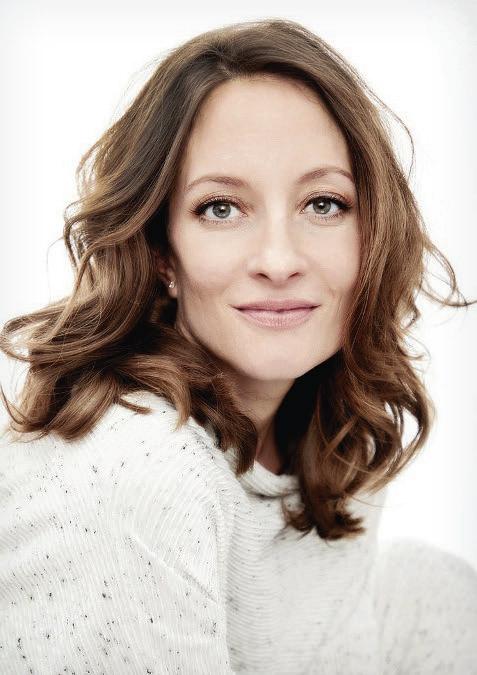
Soprano Christiane Karg has been heard in celebrated roles at the world’s major opera houses, including the Royal Opera House, Opéra national de Paris, Metropolitan Opera, La Scala, and Vienna State Opera, among others. As artist in residence at the Graz Musikverein, Karg was heard for the first time as Rosalinde in a concert performance of Die Fledermaus, and as the title role in Dvořák ’s Rusalka, she made her acclaimed role debut at the Staatsoper Berlin.
Engagements in the current season include Ravel’s Shéhérazade with The Cleveland Orchestra, Mahler’s Fourth Symphony with the Concertgebouw Orchestra, and Mahler’s Second Symphony with the Staatskapelle Berlin, as well as a tour of Spain with the Gürzenich Orchestra and Andrés Orozco-Estrada. Karg will also appear at the Staatsoper Berlin as the Governess in Britten’s The Turn of the Screw.
Karg continues to cultivate her passion for song and chamber music projects. She is a regular guest at London’s Wigmore Hall, and has given numerous recitals at the Vienna Musikverein, Pierre Boulez Saal, and Salzburg Festival.
Offstage, Karg is the creator and artistic director of the KunstKlang festival (held in her hometown of Feuchtwangen, Bavaria) while also championing music education for children. For her services, she received the Brahms Prize of the Brahms Society of Schleswig-Holstein, the Bavarian Culture Prize in the category of art, and the Bavarian Order of Merit.
In spring 2017, Karg released her critically acclaimed solo CD Parfum. She also received the coveted Echo Klassik Award for her recording of Mozart ’s The Marriage of Figaro under Yannick Nézet-Séguin in the category of Opera Recording of the Year. Karg is currently an exclusive artist with Harmonia Mundi and can be heard in Beethoven’s Ninth Symphony with the Freiburg Baroque Orchestra and in her solo album Erinnerung, featuring lieder by Mahler.
Karg completed her studies at the Mozarteum University Salzburg, where she was awarded the Lilli Lehmann Medal.
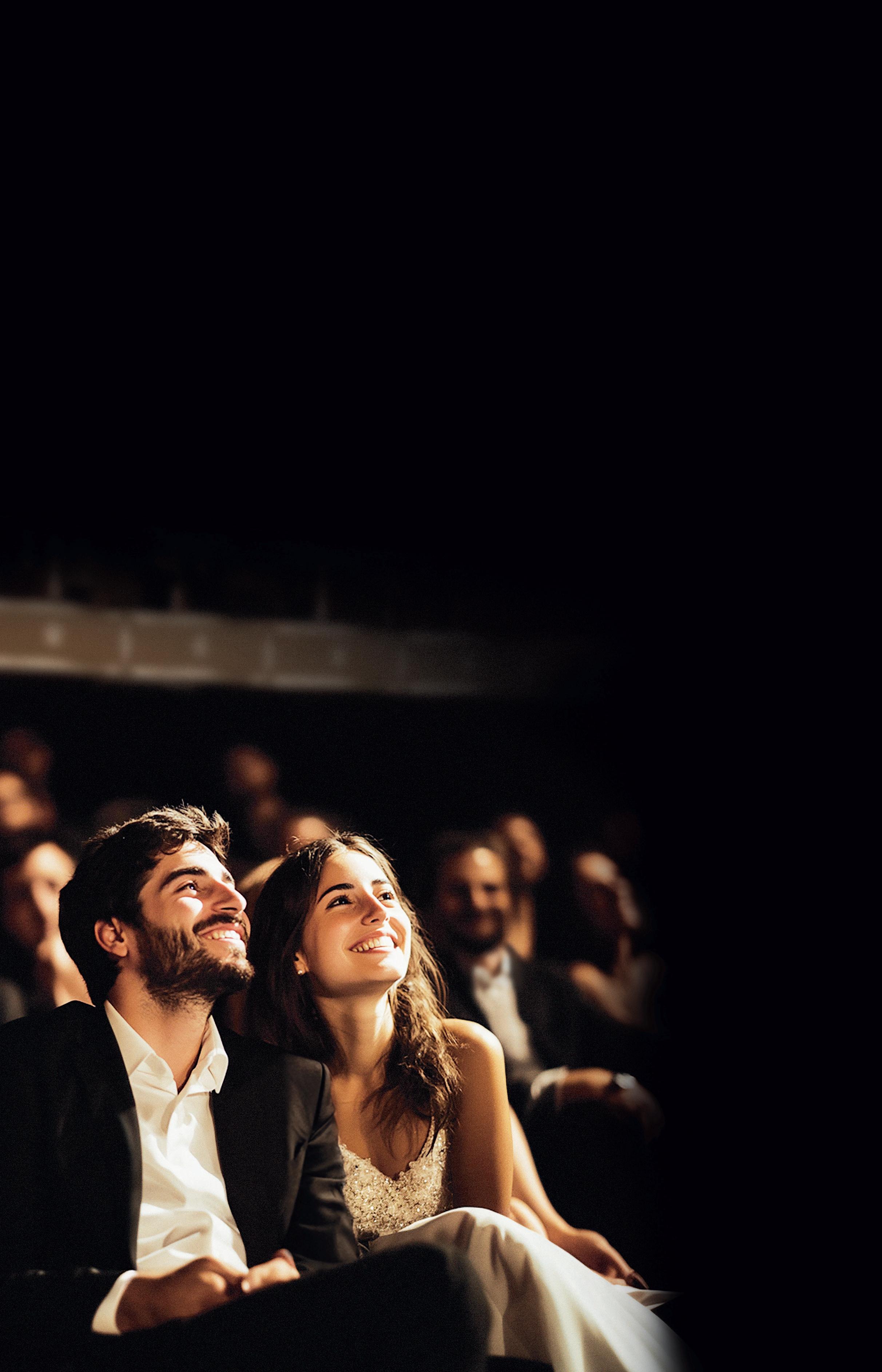
Picture a moment of quiet anticipation, as the first notes of a breathtaking symphony fill the air. We invite you to experience that special moment this season — where extraordinary music and unforgettable memories come together.
When you subscribe, you provide vital support to your Cleveland Orchestra and enjoy these exclusive benefits:
• The BEST seats at the BEST prices
• FREE and easy ticket exchanges
• Purchase your parking in advance
• 20% off additional ticket purchases
• 33% off subscription to Adella.live, our digital home
• 10% off at The Cleveland Orchestra Store
• Money back guarantee

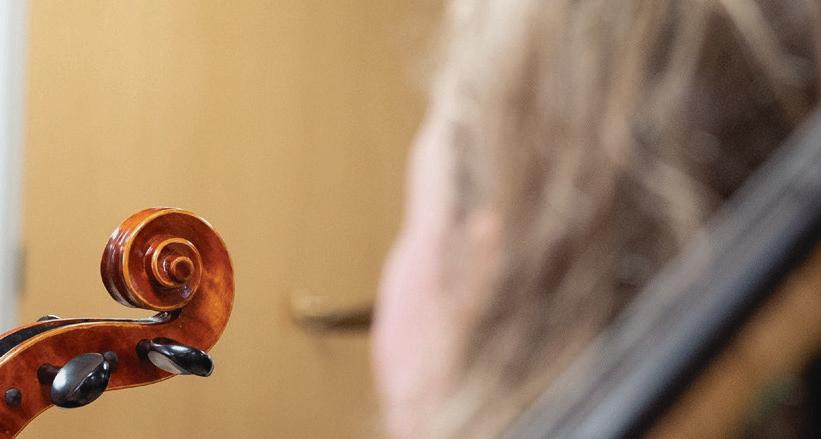

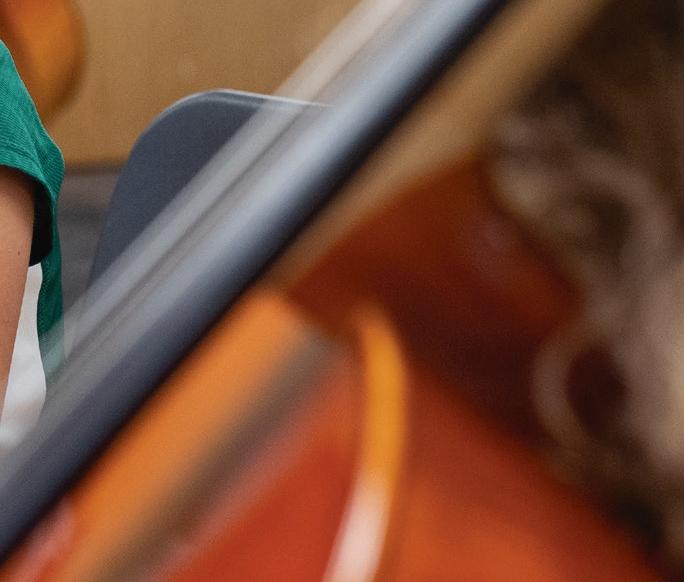




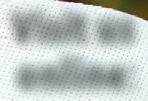














Enjoy the best vocal artists of our time alongside fellow supporters .
Benefit s come at a variety of levels and can include :
• Opportunities to sponsor a vocal soloist or opera cast member
• Post-concert artist meet and greet s for select concert s
• Exclusive invitations to parties and performances
• . . . and more!
Angela Mortellaro, Major Gift Officer 216-231-8 014 | amortellaro@clevelandorchestra . com
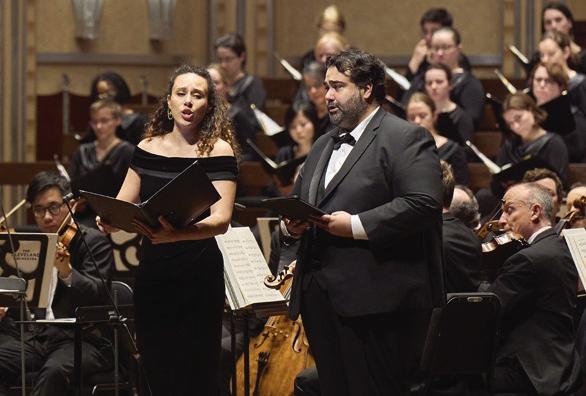
BECOME A MEMBER TODAY!
Opera Club membership start s with donations of $2 , 500 and higher.
2025 26 Vocal Artists:
• Limmie Pulliam
• Asmik Grigorian
• Tim Mead
• Miles Mykkanen
• Joélle Harvey
• . . . and more!
OCTOBER 22

TUESDAY MUSICAL PRESENTS: the Akron Concert Series, our 137th season: 2024-2025.
TUESDAY MUSICAL PRESENTS: the Akron Concert Series, our 138th season: 2025-2026
OCTOBER 21
FEBRUARY 11
FEBRUARY 10
MICHAEL FEINSTEIN’S
MARC-ANDRÉ HAMELIN
TRIBUTE TO TONY BENNETT
NOVEMBER 18
NOVEMBER 19
VIVALDI’S FOUR
SIMONE DINNERSTEIN
SEASONS AT 300 with Les Arts Florissants
DECEMBER 3
NOVEMBER 30
JOYCE DIDONATO WITH KINGS RETURN
CHRISTMAS WITH CANTUS

CZECH NATIONAL PHILHARMONIC
IMANI WINDS & BOSTON BRASS
MARCH 4
MARCH 3
ISIDORE STRING QUARTET WITH PIANIST JEREMY DENK
MARSALIS-McALLISTER-AMES TRIO
APRIL 22
APRIL 21
AKRON BICENTENNIAL CONCERT WITH
RENéE FLEMING Voice of Nature: The Anthropocene

Franz Welser-Möst Music Director
KELVIN SMITH FAMILY CHAIR
FIRST VIOLINS
Joel Link
CONCERTMASTER
Blossom-Lee Chair
Liyuan Xie
FIRST ASSOCIATE
CONCERTMASTER
Virginia M. Lindseth, PhD, Chair
Jung-Min Amy Lee
ASSOCIATE CONCERTMASTER
Gretchen D. and Ward Smith Chair
Stephen Tavani
ASSISTANT CONCERTMASTER
Dr. Ronald H. Krasney Chair
Wei-Fang Gu
Drs. Paul M. and Renate H. Duchesneau Chair
Kim Gomez
Elizabeth and Leslie Kondorossy Chair
Chul-In Park
Harriet T. and David L. Simon Chair
Miho Hashizume
Theodore Rautenberg Chair
Jeanne Preucil Rose
Larry J.B. and Barbara S. Robinson Chair
Alicia Koelz
Oswald and Phyllis Lerner Gilroy Chair
Yu Yuan
Patty and John Collinson Chair
Isabel Trautwein
Trevor and Jennie Jones Chair
Katherine Bormann
Analise Handke
Gladys B. Goetz Chair
Zhan Shu
Youngji Kim
Paul and Lucille Jones Chair
Genevieve Smelser
SECOND VIOLINS
Stephen Rose*
Alfred M. and Clara T. Rankin Chair
Eli Matthews 1
Patricia M. Kozerefski
and Richard J. Bogomolny Chair
Jason Yu2
James and Donna Reid Chair
Sonja Braaten Molloy
Carolyn Gadiel Warner
Elayna Duitman
Ioana Missits
Jeffrey Zehngut^
Sae Shiragami
Kathleen Collins
Beth Woodside
Emma Shook
Dr. Jeanette Grasselli Brown and Dr. Glenn R. Brown Chair
Yun-Ting Lee
Deborah L. Neale Chair
Jiah Chung Chapdelaine
Gawon Kim
VIOLAS
Wesley Collins*
Chaillé H. and Richard B. Tullis Chair
Stanley Konopka 2
Mark Jackobs
Jean Wall Bennett Chair
Lisa Boyko
Richard and Nancy Sneed Chair
Richard Waugh
Lembi Veskimets
The Morgan Sisters Chair
Eliesha Nelson^
Anthony and Diane Wynshaw-Boris Chair
Joanna Patterson Zakany
William Bender
Thomas Lauria and Christopher Lauria Chair
Gareth Zehngut^
Mark Kosower*
Louis D. Beaumont Chair
Richard Weiss 1
The GAR Foundation Chair
Charles Bernard2
Helen Weil Ross Chair
Bryan Dumm
Muriel and Noah Butkin Chair
Tanya Ell
Thomas J. and Judith Fay Gruber Chair
Ralph Curry
Brian Thornton
William P. Blair III Chair
David Alan Harrell
Martha Baldwin
Dane Johansen
Marguerite and James Rigby Chair
Paul Kushious
BASSES
Maximilian Dimoff *
Clarence T. Reinberger Chair
Charles Paul1
Mary E. and F. Joseph Callahan Chair
Derek Zadinsky2
Mark Atherton
Thomas Sperl
Henry Peyrebrune
Charles Barr Memorial Chair
Charles Carleton
Scott Dixon
Brandon Mason
HARP
Trina Struble*
Alice Chalifoux Chair
FLUTES
Joshua Smith*
Elizabeth M. and William C. Treuhaft Chair
Saeran St. Christopher
Jessica Sindell2^
Austin B. and Ellen W. Chinn Chair
Mary Kay Fink
PICCOLO
Mary Kay Fink
Anne M. and M. Roger Clapp Chair
OBOES
Frank Rosenwein*
Edith S. Taplin Chair
Corbin Stair
Sharon and Yoash Wiener Chair
Jeffrey Rathbun 2
Everett D. and Eugenia S. McCurdy Chair
Robert Walters
ENGLISH HORN
Robert Walters
Samuel C. and Bernette K. Jaffe Chair
CLARINETS
Afendi Yusuf *
Robert Marcellus Chair
Robert Woolfrey
Victoire G. and Alfred M. Rankin, Jr. Chair
Daniel McKelway2
Robert R. and Vilma L. Kohn Chair
Amy Zoloto
E-FLAT CLARINET
Daniel McKelway
Stanley L. and Eloise M. Morgan Chair
BASS CLARINET
Amy Zoloto
Myrna and James Spira Chair
BASSOONS
John Clouser*
Louise Harkness Ingalls Chair
Gareth Thomas
Jonathan Sherwin
CONTRABASSOON
Jonathan Sherwin
HORNS
Nathaniel Silberschlag*
George Szell Memorial Chair
Michael Mayhew §
Knight Foundation Chair
Jesse McCormick
Robert B. Benyo Chair
Hans Clebsch
Richard King
Meghan Guegold Hege^
TRUMPETS
Michael Sachs*
Robert and Eunice Podis Weiskopf Chair
Jack Sutte
Lyle Steelman 2^
James P. and Dolores D. Storer Chair
Michael Miller
CORNETS
Michael Sachs*
Mary Elizabeth and G. Robert Klein Chair
Michael Miller
TROMBONES
Brian Wendel*
Gilbert W. and Louise I. Humphrey Chair
Richard Stout
Alexander and Marianna C. McAfee Chair
Shachar Israel2
BASS TROMBONE
Luke Sieve
EUPHONIUM & BASS TRUMPET
Richard Stout
TUBA
Yasuhito Sugiyama*
Nathalie C. Spence and Nathalie S. Boswell Chair
TIMPANI
Zubin Hathi*
Otto G. and Corinne T. Voss Chair
Peter Nichols2
Mr. and Mrs. Richard K. Smucker Chair
PERCUSSION
Marc Damoulakis*
Margaret Allen Ireland Chair
Thomas Sherwood
Tanner Tanyeri
Peter Nichols
KEYBOARD INSTRUMENTS
Carolyn Gadiel Warner
Marjory and Marc L. Swartzbaugh Chair
LIBRARIAN
Michael Ferraguto*
Joe and Marlene Toot Chair
ENDOWED CHAIRS CURRENTLY UNOCCUPIED
Clara G. and George P. Bickford Chair
Sandra L. Haslinger Chair
Charles M. and Janet G. Kimball Chair
Sunshine Chair
Rudolf Serkin Chair
CONDUCTORS
Christoph von Dohnányi
MUSIC DIRECTOR LAUREATE
Taichi Fukumura
ASSISTANT CONDUCTOR
Elizabeth Ring and William Gwinn Mather Chair
James Feddeck
PRINCIPAL CONDUCTOR & MUSICAL ADVISOR OF THE CLEVELAND ORCHESTRA YOUTH ORCHESTRA
Sidney and Doris Dworkin Chair
Lisa Wong
DIRECTOR OF CHORUSES
Frances P. and Chester C. Bolton Chair
* Principal
§ Associate Principal
1 First Assistant Principal
2 Assistant Principal
^ Alum of The Cleveland Orchestra Youth Orchestra
This roster lists full-time members of The Cleveland Orchestra. The number and seating of musicians on stage varies depending on the piece being performed. Seating within the string sections rotates on a periodic basis.
Now firmly in its second century, The Cleveland Orchestra, under the leadership of Music Director Franz Welser-Möst since 2002, is one of the most sought-after performing ensembles in the world. Year after year, the ensemble exemplifies extraordinary artistic excellence, creative programming, and community engagement. In recent years, The New York Times has called Cleveland “the best in America” for its virtuosity, elegance of sound, variety of color, and chamber-like musical cohesion.
Founded by Adella Prentiss Hughes, the Orchestra performed its inaugural concert in December 1918. By the middle of the century, decades of growth and sustained support had turned it into one of the most admired globally.
The past decade has seen an increasing number of young people attending concerts, bringing fresh attention to The Cleveland Orchestra’s legendary sound and committed programming. More recently, the Orchestra launched several bold digital projects, including the streaming platform Adella.live and its own recording label. Together, they have captured the Orchestra’s unique artistry and the musical achievements of the Welser-Möst and Cleveland Orchestra partnership.
The 2025–26 season marks Franz Welser-Möst’s 24th year as music director, a period in which The Cleveland Orchestra has earned unprecedented acclaim around the world, including a series of residencies at the Musikverein in Vienna, the first of its kind by an American orchestra, and a number of celebrated opera presentations.
Since 1918, seven music directors — Nikolai Sokoloff, Artur Rodziński, Erich
Leinsdorf, George Szell, Lorin Maazel, Christoph von Dohnányi, and Franz Welser-Möst — have guided and shaped the ensemble’s growth and sound. Through concerts at home and on tour, broadcasts, and a catalog of acclaimed recordings, The Cleveland Orchestra is heard today by a growing group of fans around the world.
@ClevelandOrchestra
@cleveorch
@CleveOrchestra
@clevelandorchestra
FRANZ WELSER-MÖST, MUSIC DIRECTOR










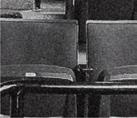






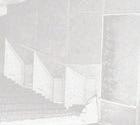


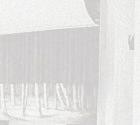
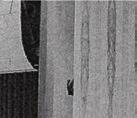











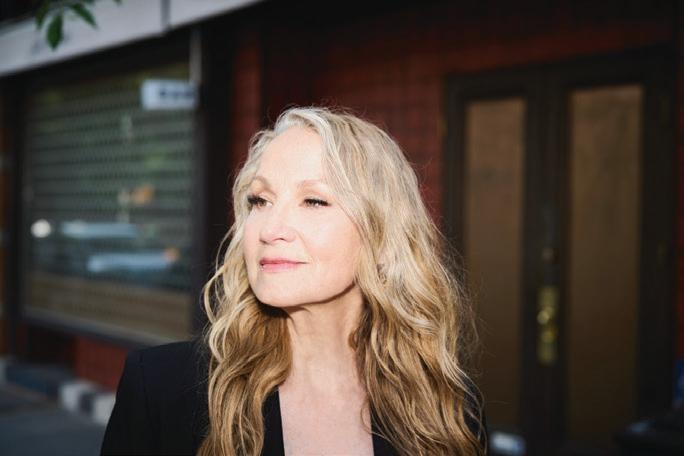
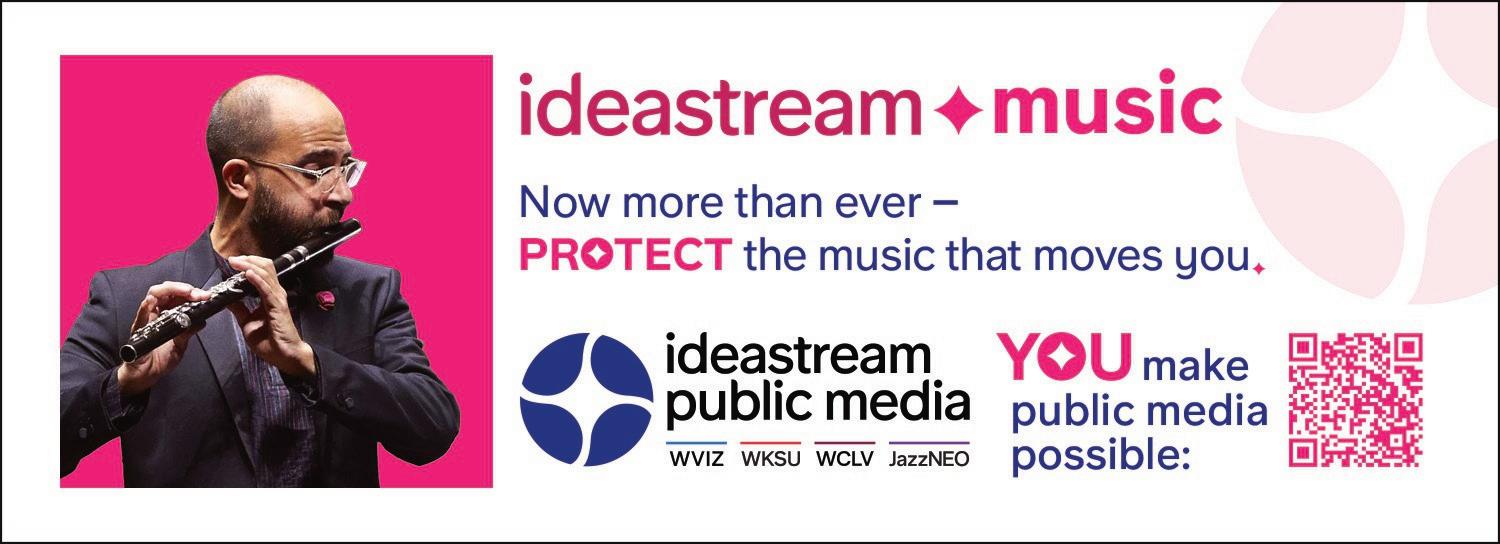

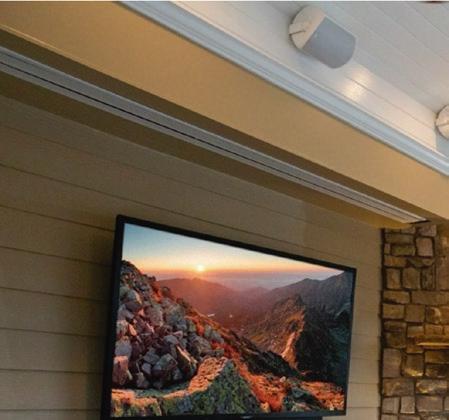




Guests with Pavilion seats who arrive after the start of the concert may be asked to wait outside the Pavilion until the first convenient pause in the music, after which our ushers will help you to your seats.
Guests on the Lawn may bring their own chairs, but guests with high-backed chairs that obstruct others’ views may be asked to relocate to the rear of the Lawn. Rental chairs are available for a fee of $10 per evening. Tents, flags, balloons, or other structures that might obstruct views or present a hazard are prohibited. Open flames are also prohibited.
Audio recording, photography, and videography are prohibited during performances at Blossom. Photographs and videos can only be taken when the performance is not in progress. As a courtesy to others, please silence all electronic devices prior to the start of the concert.
All Blossom Music Festival events are presented in a smoke-free environment. Smoking or vaping are not allowed anywhere on the grounds or in buildings once you have entered through the ticket gates. A smoking area is available outside the gates in a designated area of Parking Lot A.
In the event of severe weather, a coordinated alert will be issued. Guests will be directed to safety by our staff and loudspeaker system. Visit clevelandorchestra.com/weather for weather updates and more information.
Free tram service between the parking lots and Smith Plaza and the Pavilion is available on a continuous basis before and after each concert. The ADA Van Service can pick up at the Main Gate with service to the Tram Circle.
Visit our Information Center, hosted by the Blossom Friends of The Cleveland Orchestra, inside the Main Gate on Smith Plaza.
The Cleveland Orchestra is grateful to these organizations for their ongoing generous support of The Cleveland Orchestra: National Endowment for the Arts, the State of Ohio and Ohio Arts Council, and to the residents of Cuyahoga County through Cuyahoga Arts and Culture.
© 2025 The Cleveland Orchestra and the Musical Arts Association


Explore upcoming concerts, purchase and access your tickets, receive performance updates, and more.
For more information and direct links to download, visit clevelandorchestra.com/tcoapp or scan the code with your smartphone camera to download the app for iPhone or Android.
Available for iOS and Android on Google Play and at the Apple App Store.

Program books for Cleveland Orchestra concerts are produced by The Cleveland Orchestra and are distributed free to attending audience members.
EDITORIAL
Kevin McBrien
Editorial & Publications Manager
The Cleveland Orchestra kmcbrien@clevelandorchestra.com
Ellen Sauer Tanyeri
Archives & Editorial Assistant
The Cleveland Orchestra
DESIGN
Judy Barabas, Red Swing Creative
ADVERTISING
Live Publishing Company, 216-721-1800
PLEASE RECYCLE





